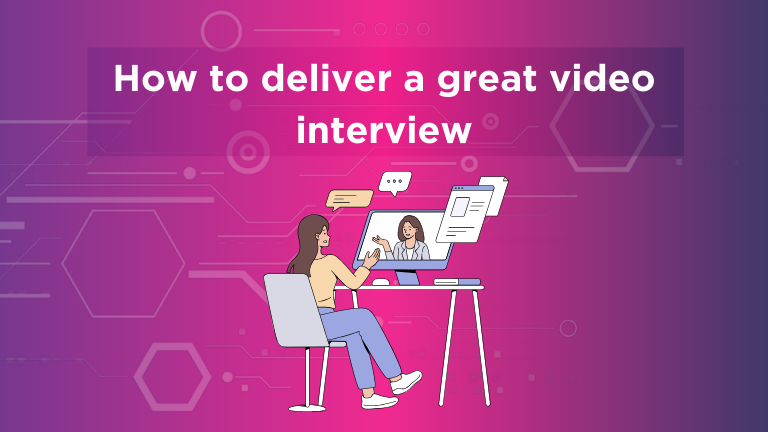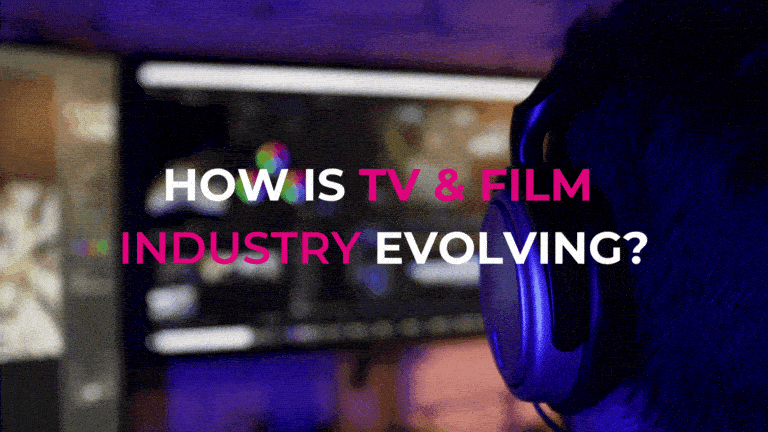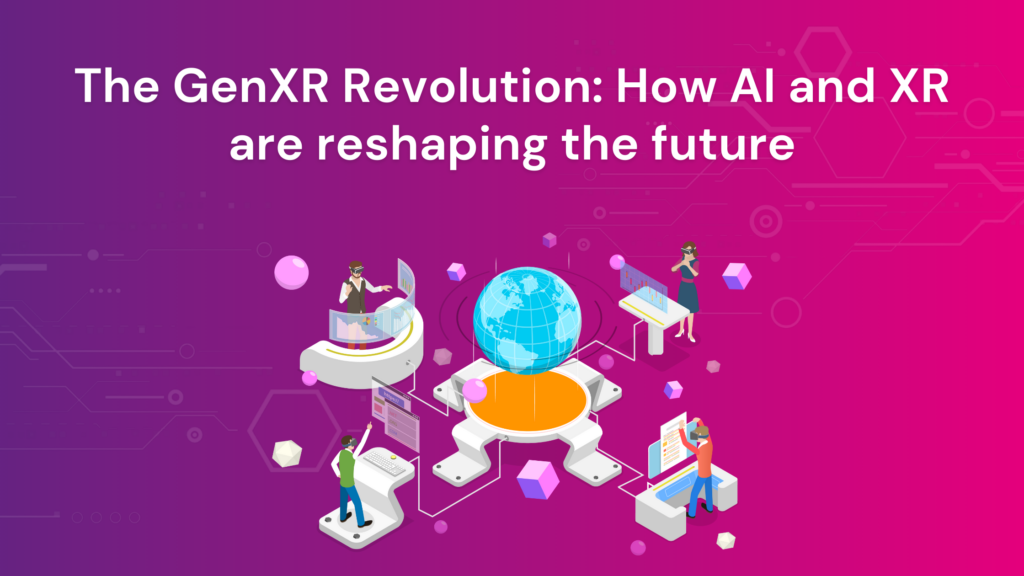In the current economic climate, senior leaders in creative tech are walking a seemingly ‘no-win’ tightrope, balancing profitability from AI-driven cost savings against preserving their long-term talent pipeline. Since 2019, entry-level hiring has fallen sharply by 50%. With AI tools now capable of performing the vast majority of graduate-level tasks, this trend looks set to accelerate. The overall result is expansion without traditional entry-level development, concentrating opportunities among AI-literate professionals rather than maintaining the talent progression that has sustained creative technology for decades.
VFX Studios Navigate Cost Pressures and Pipeline Disruption
The human cost of this shift hits VFX studios hardest. Entry-level roles face the highest displacement risk as AI replaces previously human-intensive tasks such as rotoscoping, object removal, and basic compositing. While studios report productivity improvements of between 20% and 65% through automation, these gains come with significant displacement of the traditional career ladder.
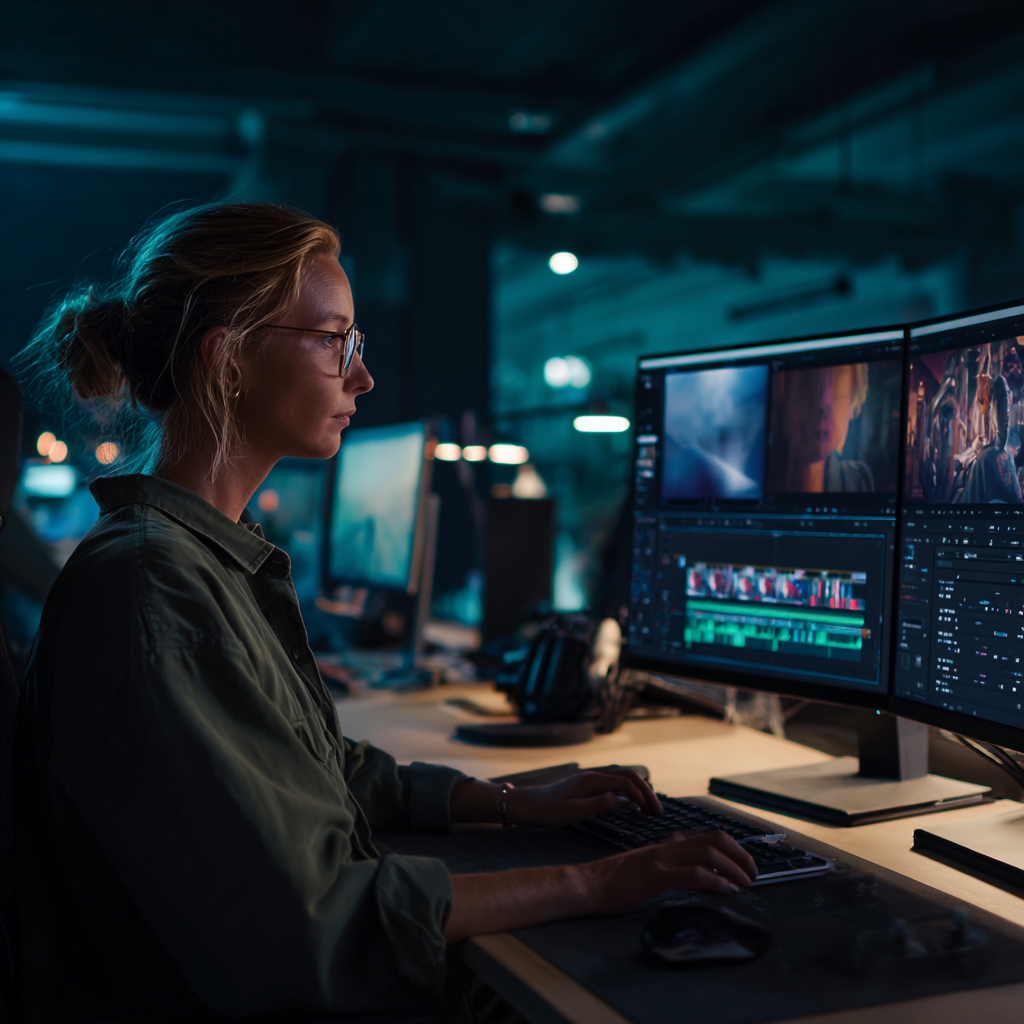
Film and television production experience cost pressures more acutely than many other industries, with visual effects typically consuming 20–25% of total production budgets. As streaming services limit their annual content spending increases to under 10%, adopting AI-driven solutions has become financially unavoidable. Individual VFX shots for complex productions can cost up to $46,000 each, with daily on-set filming expenses ranging from £8,000 to £38,000.
To manage these costs, independent productions increasingly rely on AI-driven pre-visualisation to reduce post-production timelines by around 30%, and reusable asset libraries that help budgets stretch further across multiple scenes. Training programmes appear as discretionary expenses rather than strategic investments when immediate cost reductions from AI adoption directly protect quarterly financial metrics that investors monitor closely.
Gaming Sector Achieves Near-Complete AI Integration
Gaming studios have achieved the industry’s highest AI integration rates, reaching 96% while significantly reducing graduate recruitment. Since 2021, the average age of technical hires has increased by three years, highlighting a reduction in investment in junior talent.
Industry analysis reveals emerging leadership pipeline problems, as companies reducing junior roles today face senior talent shortages within 5–7 years. The gap between general unemployment and recent graduate unemployment has reached record highs, creating a substantial pool of potential talent. Budget pressures, however, currently prevent comprehensive training initiatives precisely when workforce development could provide strategic value.
Creative Agencies Build Hybrid Development Models
Creative agencies demonstrate successful adaptation strategies, addressing immediate cost pressures while investing in future talent. WPP’s Creative Tech Apprenticeship runs a nine-month programme focused on creative coding, generative AI, game engines, and virtual production, achieving high placement rates.
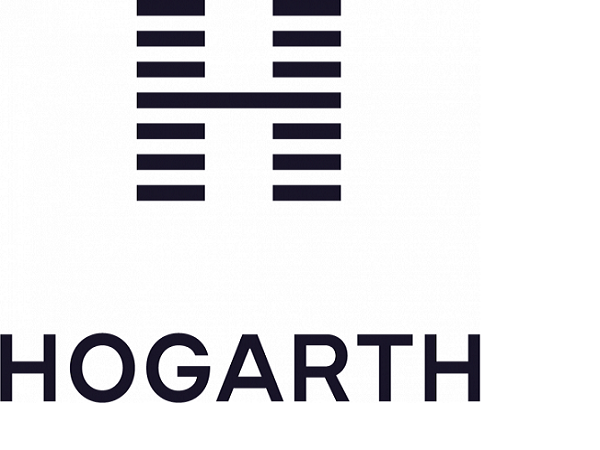
After two years, most apprentices have secured roles within WPP’s global production arm Hogarth, demonstrating effective alternatives to eliminating entry-level positions. The programme specifically targets underrepresented groups, cultivating AI-native graduates immediately capable of integrating creative principles with technical expertise.
Models like these combine 80% practical experience and 20% structured learning, blending technical proficiency with creative judgement that AI tools can’t replicate. With an impressive 91% retention rate, these apprenticeship investments produce dedicated, skilled workforces difficult for competitors to replicate.
Salary Competition Reflects Cross-Sector Market Reality
AI-skilled creative professionals command premium salaries due to significant market scarcity. In the US, AI-focused software engineers earn around $245,000 annually, with AI engineer salaries rising from $156,000 in 2024 to over $206,000 in 2025. Entry-level AI roles attract a 6.2% premium over non-AI positions, while AI-proficient professionals typically earn approximately $50,000 more annually than non-AI peers.
Creative tech roles show similar trends. Entry-level AI prompt engineers start at around $70,000, while UX designers with AI capabilities begin at approximately $65,000, substantially higher than traditional creative starting salaries. This provides a clear financial incentive for studios to hire fewer, more capable professionals rather than invest in apprenticeship schemes.
European tech hubs have experienced AI engineer salary increases of 20–35% since 2023, intensifying global competition for experienced professionals. Manufacturing sectors have increased tech salaries by 15.1%, while banking and consulting maintain salaries exceeding $125,000. Remote working further amplifies regional talent shortages by providing access to higher-paying opportunities regardless of location.
Streaming Platforms Drive Content Economics Transformation
Content spending growth across all of the major streaming services has moderated significantly compared to previous expansion periods. Production costs continue rising due to inflation, union agreements, and technological advances, increasing pressure to find operational efficiencies.
These cost pressures have resulted in new roles emerging in the sector, including AI prompt engineering, UX design with AI skills, and creative coding. These emerging roles combine traditional creative judgement with technological fluency, offering higher initial salaries and clearer advancement opportunities compared to conventional creative pathways.
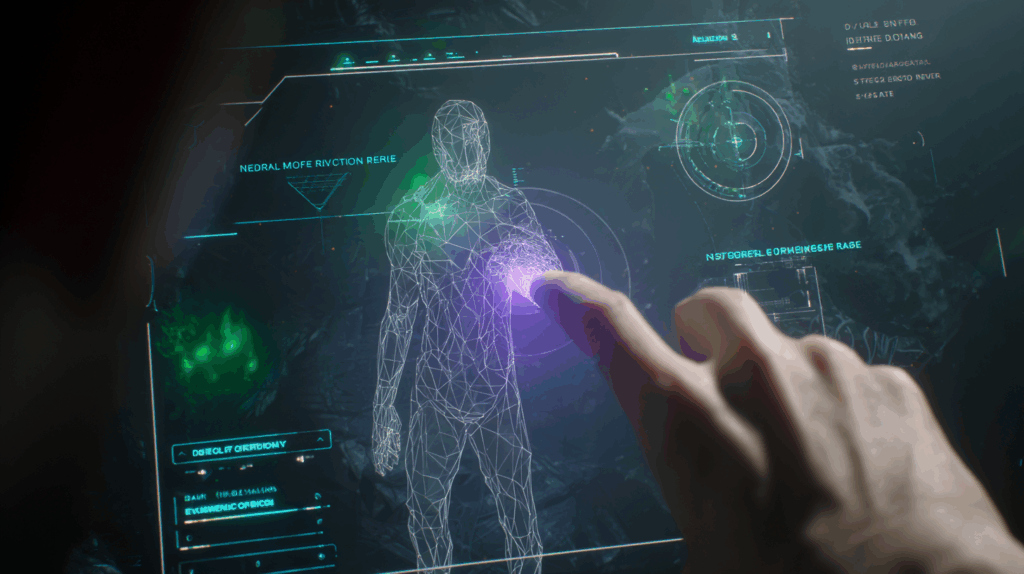
Strategic Balance Creates Competitive Advantage
Organisations investing in talent development during downturns position themselves advantageously for future recovery. Strategic patience and human talent investment, aligned with targeted AI adoption, create sustainable competitive advantages beyond immediate cost reductions.
The entire Creative Tech industry is currently at a major inflexion point. Short-term financial pressures demand immediate efficiencies, yet long-term success depends heavily on human creativity and strategic capabilities that AI can’t replicate. Current conditions, emerging role categories, and successful adaptation models demonstrate clear pathways for companies to balance technological innovation with human talent development.
Organisations that successfully balance this equation will be the ones to shape the future of creative tech.

